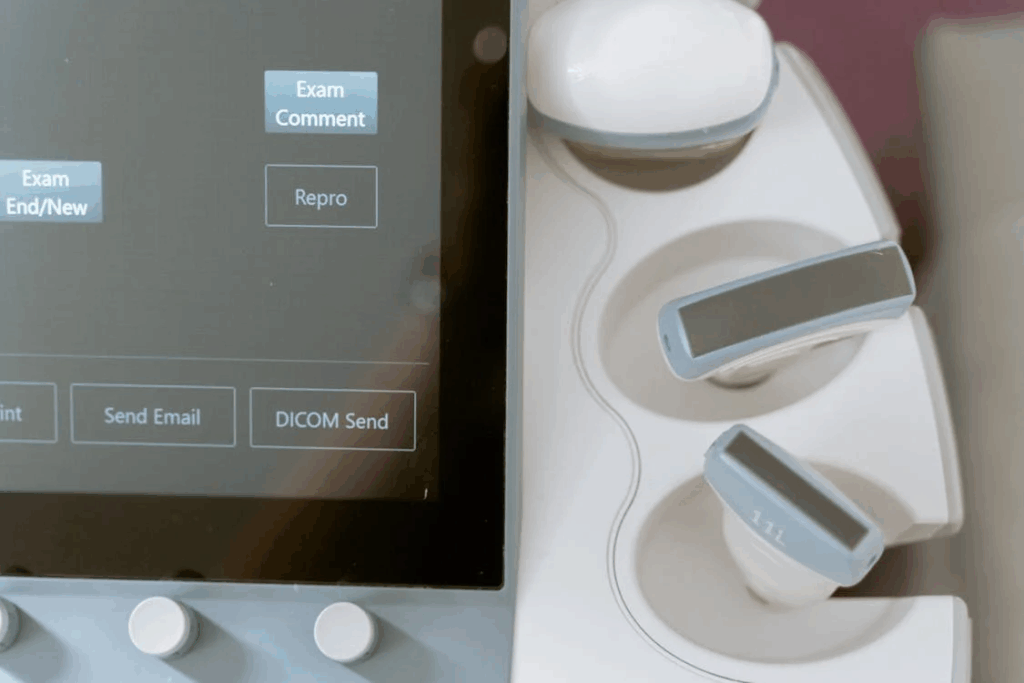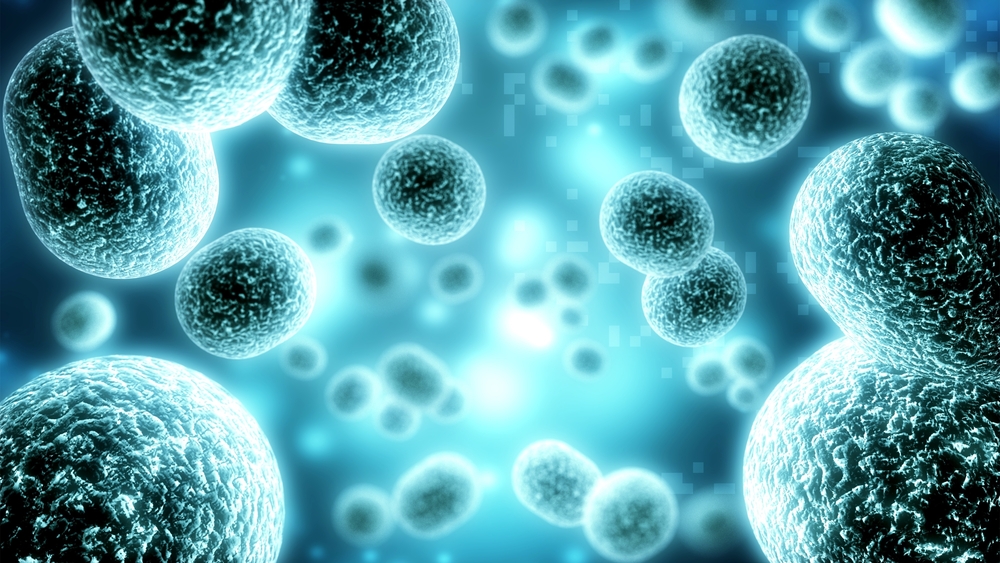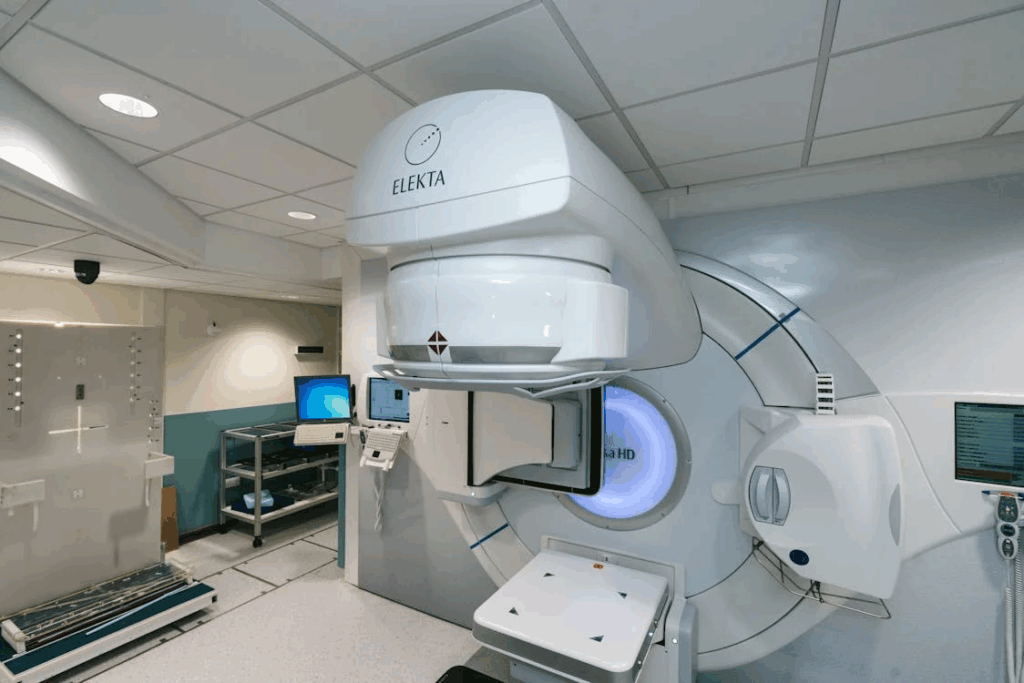Researchers from Concordia University’s Biology and Physics departments have proposed a promising method to combat cancer tumors using ultrasound-guided microbubbles. This new and innovative approach uses pre-existing technology already common in medical imaging and drug delivery. Researchers are leveraging this technology to enhance the immune system’s natural ability to fight cancer.
The ultrasound-guided microbubbles are central to changing the behavior of cancer-fighting T cells. It modifies the immune cells by increasing their permeability with ultrasound. This change influences the release of cytokines, which are signaling molecules that control your immune responses. Cytokines are responsible for reducing inflammation and cell communication, which is important to targeting tumors and infections in the body.
Targeting T Cells with Ultrasound-Guided Microbubbles

The Concordia research team studied freshly isolated human T cells to see how ultrasound-guided microbubbles influence their activity. They applied tightly focused ultrasound waves together with clinically approved microbubble contrast agents. When the ultrasound hits these microbubbles, they rapidly vibrate, creating a mechanical push-pull effect on the T cell membranes.
This action mimics the natural way T cells get activated when they recognize antigens. Antigens are substances that signal the presence of harmful cells like cancer. By recreating this stimulation, the ultrasound-guided microbubbles effectively “wake up” T cells that tumors have previously suppressed or turned off.
This reactivation allows the T cells to resume their important role in fighting cancer by producing signaling molecules called cytokines. Importantly, the method increases the permeability of the T cell membranes, making them more responsive, but it does so without damaging or harming the cells, ensuring their viability and function remain intact.
Tumor Metabolism and Cytokines Suppression

Tumors use a multitude of mechanisms to avoid being detected and suppress T cells. They release immunosuppressive cytokines that inhibit T cell cytokine production, effectively “turning off” these key immune cells. Tumors also compete for resources by consuming nutrients and oxyge, in turn, starving T cells and weakening their activity. They also produce inhibitory signaling molecules, such as PD-L1, which bind to receptors on T cells and block their activation. Together, these mechanisms create a perfect diffusor, disabling T cells, allowing cancer cells to grow unchecked and evade attack.
Cytokine Secretion Modulation and Immune Activation

One of the important discoveries using ultrasound-guided microbubbles was its impact on cytokines release. Cytokines are important proteins for immune signaling, helping coordinate the body’s defense against cancer. The researchers measured changes in over 90 types of cytokines released by T cells after treatment with ultrasound-guided microbubbles. Researchers found that changes in cytokine release were time dependent. Cytokine levels seemed to vary from 0.1 to 3.6 times those of untreated cells over 48 hours.
Potential for Non-Invasive, Targeted Cancer Therapy

The study also opens doors to the new potential of ultrasound-guided microbubbles beyond imaging. By precisely directing ultrasound beams, clinicians could localize T cell activation only within tumor sites, minimizing any side effects. This treatment avoids the side effects caused by chemotherapy damaging healthy tissue. Clinicians can safely repeat this non-invasive technique multiple times and combine it with cancer-fighting drugs to enhance therapeutic outcomes and improve patient tolerance.
The researchers believe this method could complement existing cancer treatments by reactivating immune cells kept dormant by tumors. The technology’s versatility opens doors for pairing with other cancer treatments to improve their efficacy. For example, ultrasound-guided microbubbles could deliver checkpoint inhibitors directly to tumors.
Going Forward

This research represents a significant advance in the way we treat cancer. Ultrasound-guided microbubbles offer a non-invasive, targeted means of overcoming a tumor’s immunosuppressive abilities. By restoring the capacity of T cells to produce cytokines, this technique could enhance the effectiveness of available therapies.
The precision of ultrasound-guided microbubbles allows for specific targeting of tumors to reactivate immune cells. This potentially reduces any side effects and improves patient outcomes. The technology could also be combined with targeted drug delivery, further amplifying its therapeutic potential.
Fine Tuning the Instruments

While promising, there are still difficulties that remain. The mechanical effects of ultrasound must be finely tuned to avoid unintended tissue damage, and the long-term stability of reactivated T cells requires further study. Additionally, translating this method to deeply embedded tumors may require advances in ultrasound penetration depth. Safety trials and overcoming regulatory hurdles will need addressing before it is being used in cancer treatment.
Looking ahead, the Concordia team plans to move from lab to animal models in further experiments. They plan to work on finding the most optimal ultrasound settings, like frequency and pressure, for different types of cancer. The Concordia team are also collaborating with biomedical engineers to create special microbubbles that have coatings to target T cells more precisely. This could help make the treatment even more effective.
Conclusion

The Concordia University study helps cancer research tackle one of its long standing challenges. The suppression of T cell activity within the tumor has been a major obstacle in tackling cancer. Tumors evade immune attack by using a combination of strategies that suppress T cell function.
The innovative use of ultrasound-guided microbubbles by Concordia researchers offers a promising solution by reactivating T cells and restoring their ability to fight cancer. As this technology advances, it could become a powerful tool in the arsenal against cancer, complementing and enhancing existing cancer treatments for better patient outcomes.
Read More: Youngest Cancer Patient to Undergo ‘Nanoknife’ Treatment Is Now Cancer-Free

